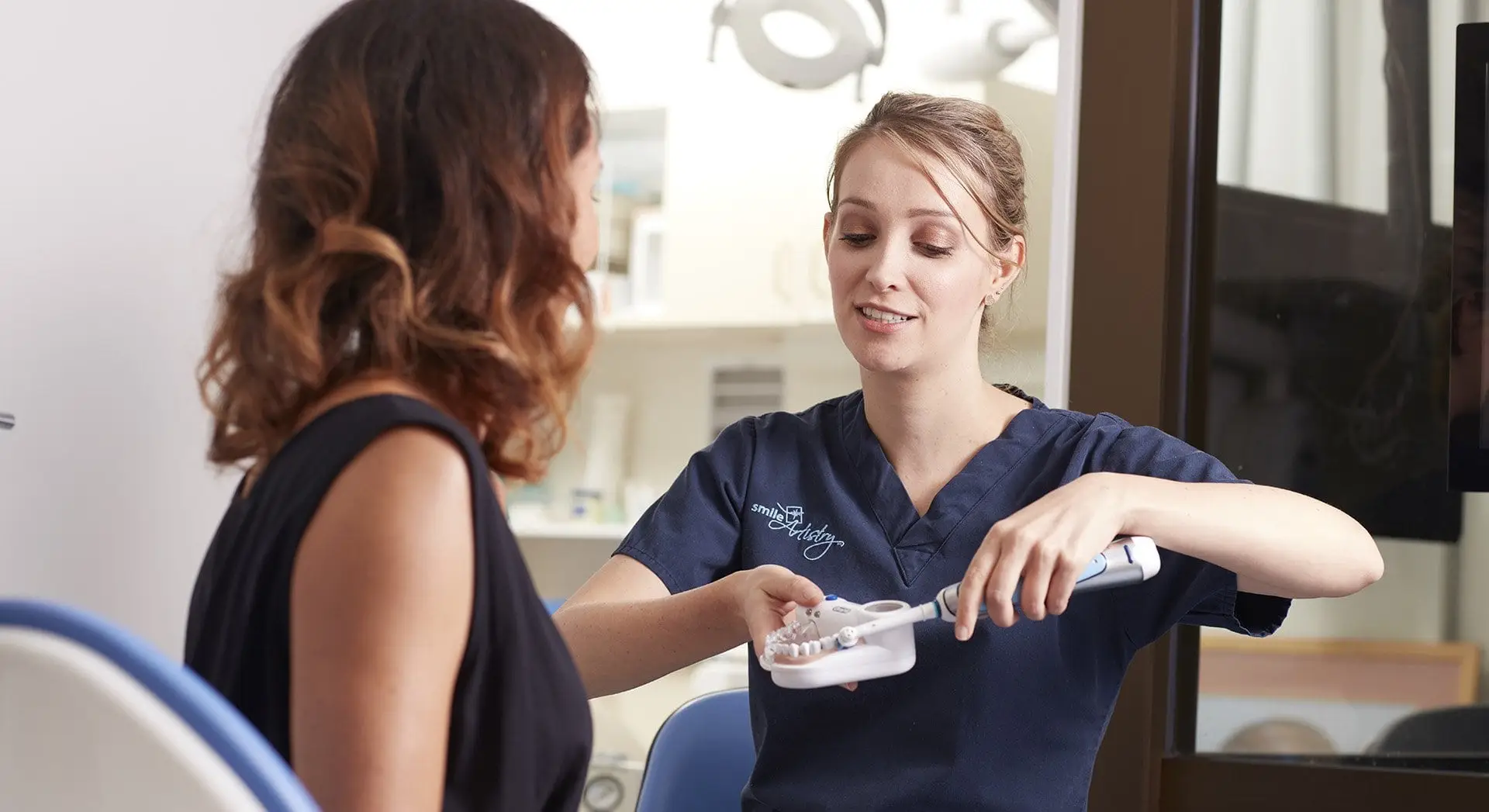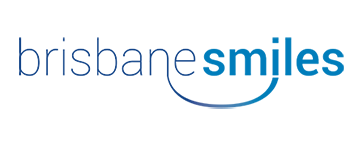
21 Jul Oral Hygiene
Oral Hygiene
Tooth Brushing Technique
Long-term neglect of oral hygiene results in tooth loss due to decay, gum recession and gum disease. Bad breath can affect your social life!
New advances in Oral Care Products allow you to assist your mouth in precenting decay. Smile Artistry has developed programs after considerations from all over the world in the most effeective programs to prevent tooth decay.
Oral Care at Home, when effectively performed, can ensure tooth decay is prevented and halted. Simple, daily steps can be followed to maintain a healthy mouth, fresh breath and a beautiful smile. They include:
Toothbrushing
Brushing at least twice a day with a fresh toothbrush and a modern fluoride toothpaste is a successful oral hygiene routine.
Brushing technique:
Use a soft, small toothbrush (eg. Oral B 30) making a small circular action with the brush angled at about 45° to the gumline.
Avoid tooth wear by not scrubbing in a backwards and forwards action.
An electric toothbrush (Oral B Braun toothbrush) has been proven to be ideal for many people. Brush along one tooth at a time with the brush head in contact with the gumline Routinely brush all inside surfaces; then outside surfaces and finally the biting surfaces. Brushing should take at least two minutes to complete.
If the gum bleeds this should be checked by your Dentist and Hygienist because gums generally only bleed from areas that are infected. These infected areas (gingivitis) require more attention, to ensure that they will return to a healthy condition. (bleeding gums)

Flossing and interdental cleaning
Brushing alone will not clean all the way between teeth. Regular dental flossing is really the only answer for most people although interdental brushes or water picks are useful where there are larger spaces between teeth.
Various flosses and dental tapes are available and it is recommended that the choice of floss should be one that suits you.
Step 1
Wind floss around your middle fingers to keep it taut. Place the floss over the tips of your first fingers to reach your back teeth.
Step2
It is easier to floss your upper front teeth by placing it over the tip on one finger and one thumb.
Step 3
Ease the floss between your teeth with a gentle sawing action and THEN clean each adjacent tooth with a up and down movement of the floss pressed against the tooth surface being cleaned.
Step 4
Remember interdental brushes can be used to better clean between teeth where there is sufficient space.
Mouthwashes
In particular situations where we feel a medicated mouthwash will be beneficial, it will be suggested that you use such a product as part of your routine.
Curasept™ Mouthwash
This chlorhexidine based mouthwash has benefits where particular acute infections are encountered or as a helpful aid where intensive restorative dentistry is undertaken, when gum disease needs attention, or where a minor a gumlift is undertaken. Curasept is a non-alcoholic mouthwash.
CariFree™ Mouthwash
This mouthrinse strengthens teeth through fluoride release, neautralises the acidic pH’s in your mouth and provides a long-lasting antibacterial effect. CariFree™ is a non-alcoholic mouthwash.
Neutraflor 220™ (Colgate)
This product is very useful as a daily fluoride mouth rinse to help in situations where decay is excessive for various reasons, such as salivary flow problems, bacterial problems etc.
Our practice stocks an extensive range of dental care products. We advise and assist our patients in the selection of these products. These products are available at close to wholesale cost.























